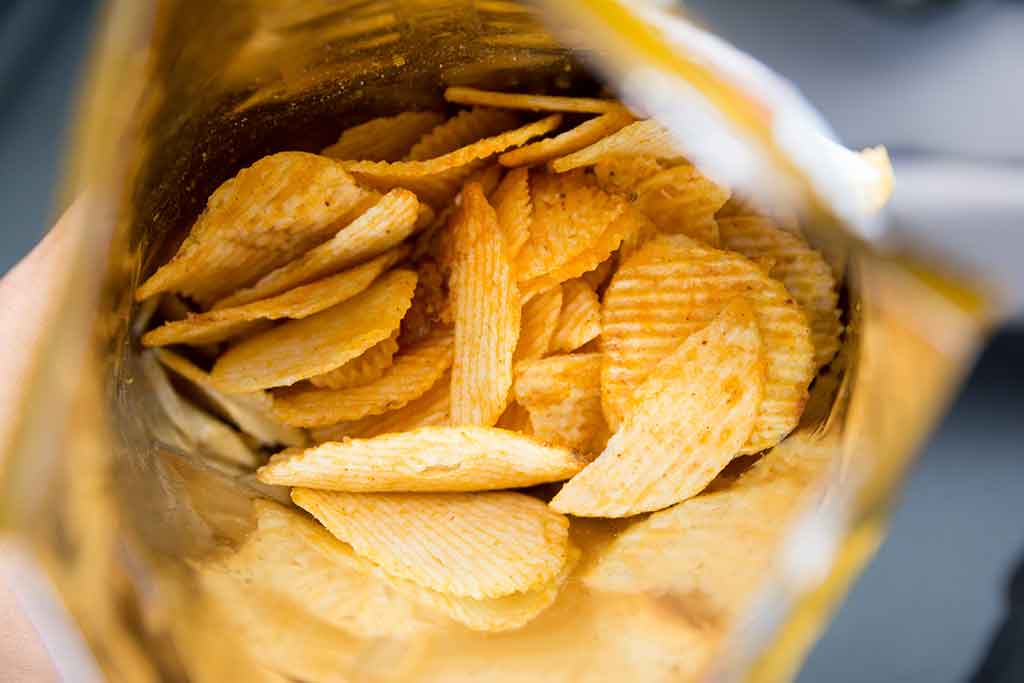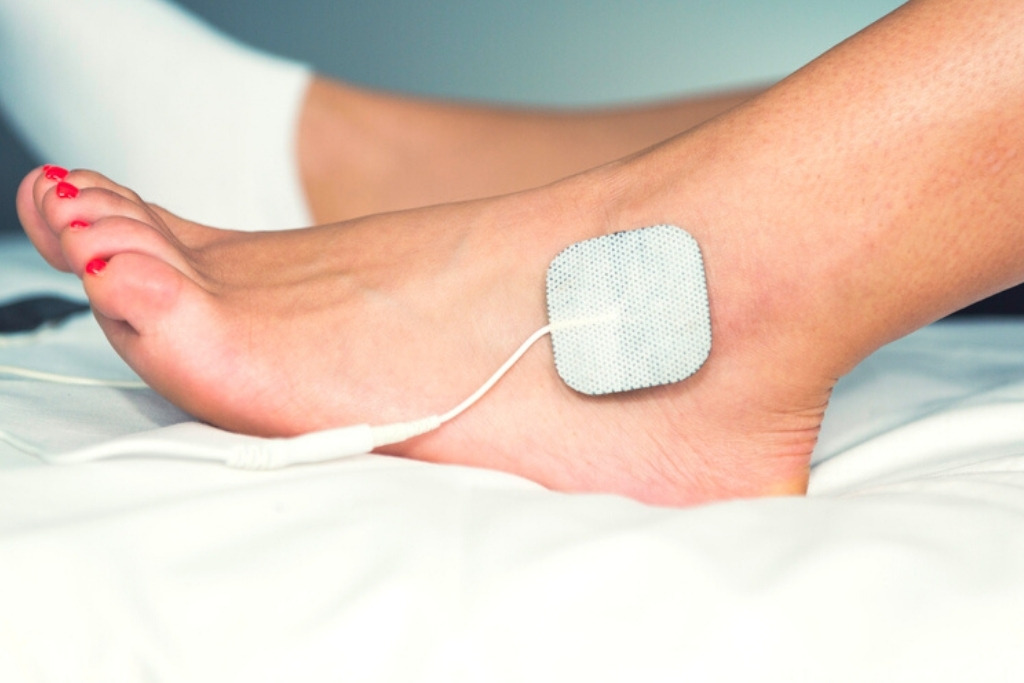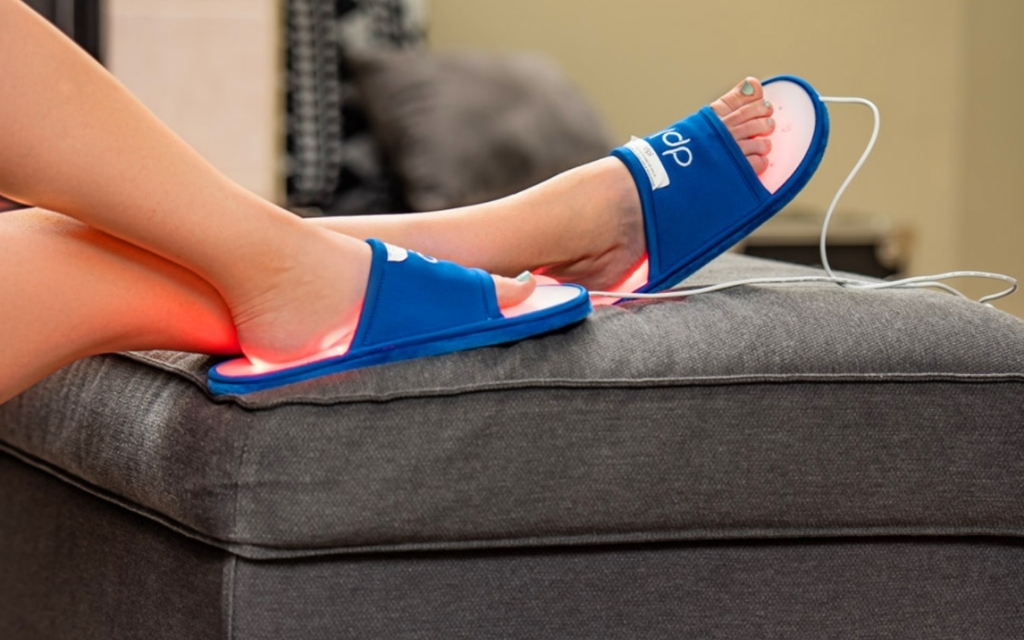Lowering Blood Sugar Level Using The Glycemic Index
Blood sugar levels play a direct role in maintaining a healthy peripheral nervous system and avoiding nerve damage. Using the glycemic index to make dietary choices can help you avoid high blood sugar levels and diabetic complications.
How High-Glycemic Foods Damage Nerves
It is well-established that excess sugar in the bloodstream is one of the top risk factors for nerve damage. Over half the people with diabetes have some degree of nerve damage, but initially, not all of them will have symptoms. The longer the blood sugar remains elevated, the more likely is the possibility of nerve damage. Not only does high sugar levels cause damage to the nerves, but it also irritates nerves causing pain and tingling sensations as well.
Besides diabetics, prediabetics are also at risk for nerve damage; it is estimated that there are nearly 40% of Americans with prediabetes.
Ways High Sugars Can Damage Nerves
Ways in which excess sugar in the blood damages nerves include the following:
- Chronic Inflammation: Excess sugar in the bloodstream can elicit a state of chronic inflammation, which can result in damage to all tissues of the body, including the nervous system.
- Glycation: When the blood sugars remain elevated, the sugar molecules will then chemically react with other tissues and cells — a process called glycation. The glycation process results in the deformation of cells, resulting in damage to the nervous system.
- Reduced Blood Supply: Excess blood sugar not only weakens the walls of arteries but narrows these vessels, which leads to a decrease in oxygen supply and nutrition to the nerves.
What Is A Low Glycemic Diet?
A low glycemic diet is a different approach to eating compared to the standard American eiet (SAD). SAD is typically high in calories, fat, and carbohydrates. Essentially it contains foods that rapidly increase blood sugar levels.
A low glycemic diet includes foods that contain less total carbohydrate and higher proportions of fiber, protein, and fat. Selecting healthy carbohydrate sources is an important factor in maintaining stable or lower blood sugar levels.
When you consume a low glycemic diet, your blood sugar levels will be less likely to spike after a meal. A typical low glycemic diet contains about 50% carbohydrates, 25% protein, and 25% fat. Such a diet is said to help prevent weight gain and reduce blood sugar spikes in diabetics.
How to Use the Glycemic Index
Using the glycemic index to choose a healthier diet is easier than you might think.
The glycemic index (GI) measures how fast foods and certain meals cause blood sugar levels to rise after they are eaten. The GI ranges from 0 to 100 with pure glucose having a rating of 100. A GI of 70 or less is considered low, and a rating of 100 or more is high.
Each food is given a GI rating which tells you of its ability to send your glucose levels skyrocketing. The higher the glycemic index number, the more quickly that food will cause your blood sugar to spike.
High glycemic foods have a rating of 70 or higher. These are foods like cakes, bagels, candies, refined sugars, white potatoes, and fruit juices.
These foods should be avoided, especially by people whose blood sugar levels are already elevated.
Medium glycemic foods have a rating between 55 and 69 and are to be approached with caution. These include healthy foods, such as sweet potatoes, quinoa, and brown rice. They can be eaten in moderation but should be combined with low-glycemic foods, like protein and fat.
Low glycemic foods will clock in at about 55 or less on the Glycemic Index and are better choices for maintaining balanced blood sugar. Veggies, beans, nuts, and low-fat dairy are all low-glycemic foods.
Glycemic Load
But the glycemic index tells just part of the story. What it doesn’t tell you is how high your blood sugar can spike when you actually eat the food. To understand a food’s complete effect on blood sugar, you need to know the glycemic load as well. The glycemic load combines the glycemic index and the number of carbs present in the food, giving you a more complete picture.
For example, watermelon has a high glycemic index, but a low glycemic load. This means that it raises blood sugar levels quickly, but doesn’t contain many carbohydrates, so its glycemic load is only 5.
Resource for the Glycemic Index
You can find a convenient glycemic index and glycemic load calculator at glycemicindex.com.
Read Labels
All pre-diabetics and diabetics with or without neuropathy should make it a habit of reading food labels. In the USA, most foods do state the sugar content and sometimes even the glycemic index.
Finally, consult with a registered dietitian or qualified nutritionist who can help make you a weekly menu plan. While reading labels may be onerous, it has enormous benefits that go beyond blood sugar levels, like maintaining a healthy body weight and a low risk of developing diabetic complications.
Summary
Dietary and lifestyle adjustments are excellent ways to correct your glucose levels to avoid the damaging effects of high blood sugar, both for non-diabetics and diabetics. Paying attention to glycemic index and glycemic load as you plan your meals can help you make better food choices.
References
1.Dietary Glycemic Index and Load and the Risk of Type 2 Diabetes: A Systematic Review and Updated Meta-Analyses of Prospective Cohort Studies. Geoffrey Livesey, Richard Taylor, Helen F. Livesey, et al., Nutrients. 2019 Jun; 11(6): 1280. Published online 2019 Jun 5.
2. Effects of High vs Low Glycemic Index of Dietary Carbohydrate on Cardiovascular Disease Risk Factors and Insulin Sensitivity: The OmniCarb Randomized Clinical Trial. Frank M. Sacks, Vincent J. Carey, Cheryl A. M. Anderson et al. JAMA. 2014 Dec 17; 312(23): 2531–2541.
3. The concept of low glycemic index and glycemic load foods as panacea for type 2 diabetes mellitus; prospects, challenges and solutions. Chinedum Ogbonnaya Eleazu. Afr Health Sci. 2016 Jun; 16(2): 468–479.
4. Glycemic index, glycemic load, and risk of type 2 diabetes: results from 3 large US cohorts and an updated meta-analysis. Shilpa N Bhupathiraju, Deirdre K Tobias, et al. Am J Clin Nutr. 2014 Jul; 100(1): 218–232.
5. Low glycaemic index, or low glycaemic load, diets for diabetes mellitus. Diana Thomas, Elizabeth J Elliott, Cochrane Metabolic and Endocrine Disorders Group. Cochrane Database Syst Rev. 2009 Jan; 2009(1): CD006296.
6. Glycemic Variability and CNS Inflammation: Reviewing the Connection. Charles Watt, Elizabeth Sanchez-Rangel, Janice Jin Hwang, et al. Nutrients. 2020 Dec; 12(12): 3906.
8 Easy Home Remedies for Peripheral Neuropathy Relief

It’s late at night, and you should be asleep. Or it’s the middle of the…
3 Best Essential Oils for Soothing Nerve Pain

Peripheral neuropathy comes with a number of different symptoms, each one seemingly more troublesome than…
Stay Out of the Potato Chip Aisle to Avoid These Nerve Damaging Additives

On average, Americans consume 1,300 calories per week in snack foods. These are not healthy…
Are Nerve Damaging Toxins Hiding in Your Home?

Billowing smokestacks. Car exhaust and sewage spills. These are typically the types of things that…
5 Best E-Stimulation Devices for Pain and Nerve Regeneration

More and more research is showing that electronic stimulation is a viable therapy for damaged…
Top Red Light Therapy Devices for At-Home Neuropathy Treatment

Encouraging nerve regeneration is key to recovering from neuropathy. There are many ways for helping…
Gluten Neuropathy: How Gluten Sensitivity Can Be A Sneaky Cause of Nerve Damage

Gluten sensitivity is a more common cause of peripheral nerve damage than previously thought. Unknowingly…
Best Value Red Light Therapy Panel Goes to Mito

As the popularity of red light therapy has grown quickly over the past few years,…